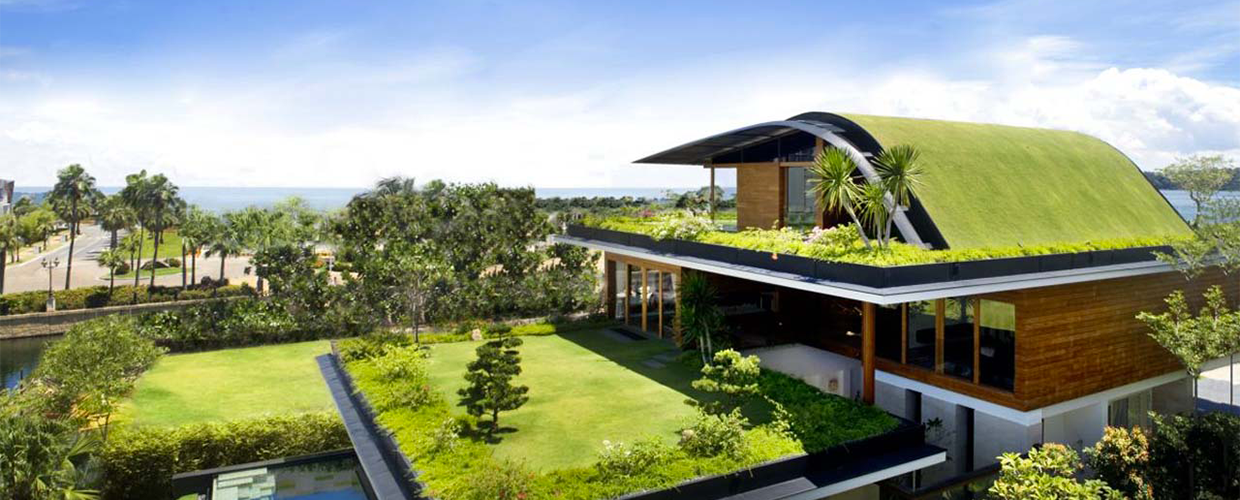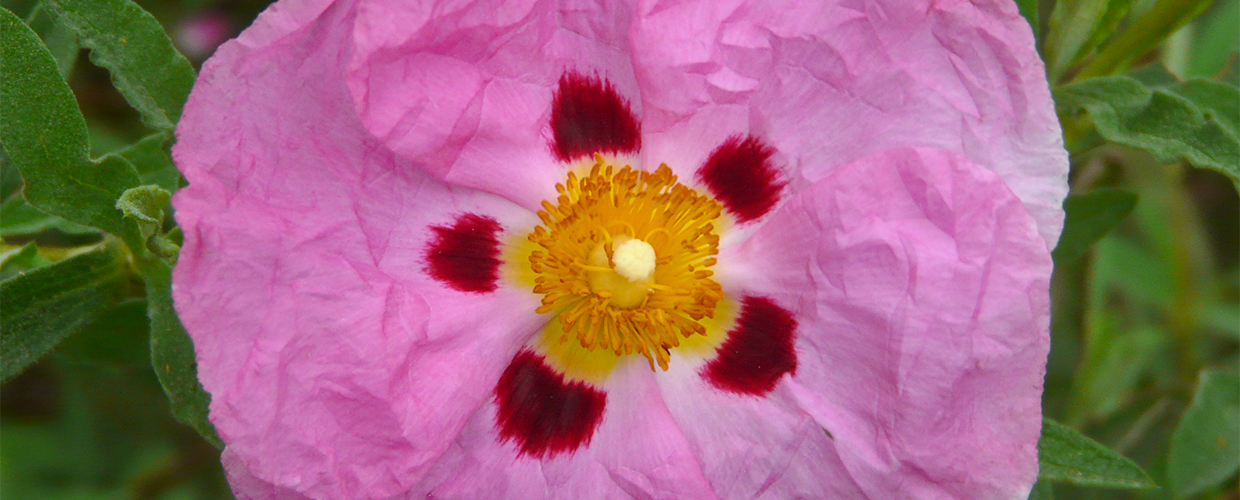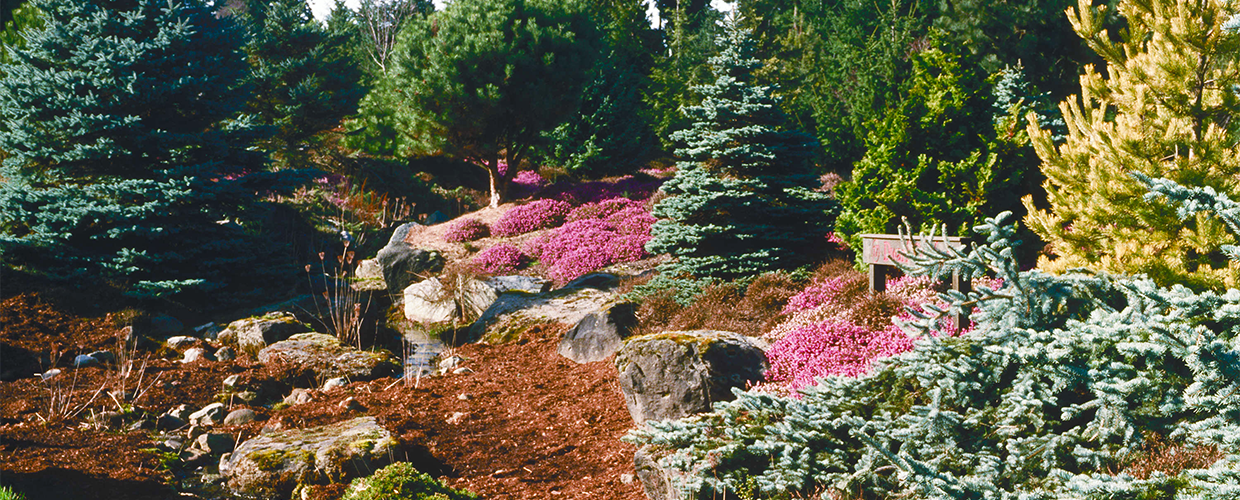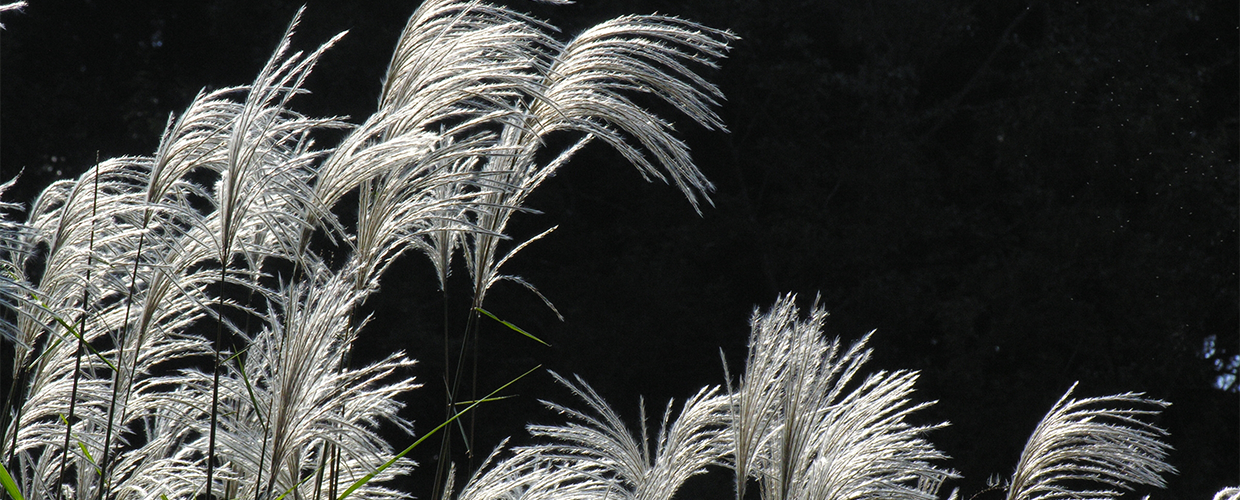The best plants for roof gardens
by Nikola Tosic, 8 May 2017

Modern green roof technology originated in Germany over 30 years ago and quickly spread throughout Europe mainly due to its several benefits at economic, ecological and societal levels. If you have decided to create your own green roof too, here are some tips for the choice of plants.
For an extensive green roof system, the most suitable vegetation ranges from sedums to small grasses, herbs, and flowering herbaceous plants, which need little maintenance. They do not require irrigation, as they absorb most of the rain falls. It could be recommended to irrigate manually during a long period of drought.
Intensive green roofs can most easily be compared to building a garden on a roof. In this case, any greenery is possible: lawns, perennials, shrubs, and trees, but it is important to choose the more suitable to the roof garden’s climate.

The Rockrose, for instance, is only suited to mild climates, but will tolerate a minimum temperature of -5°C ( 23°F).

Dwarf conifers and pines are ideal for a fresh and not polluted atmosphere.
If the roof garden is particularly windy, you may be under the impression that some of the taller ornamental grasses are simply not suitable. In reality, all small hardy evergreens are wind resistant, as the wind filters easily through their stems so that they neither fall over nor flatten.

Amur Silver Grass, for example, is often planted as a windbreak in roof gardens. It can grow up to 3m in height and has very narrow, medium-green leaves that arch over. For intensive roof gardens, an automatic irrigation system is recommended. It works as a real garden, and the water supplying should thus be the same.
Learn more about Geoplast Drainroof, high-performance green roof drainage board.